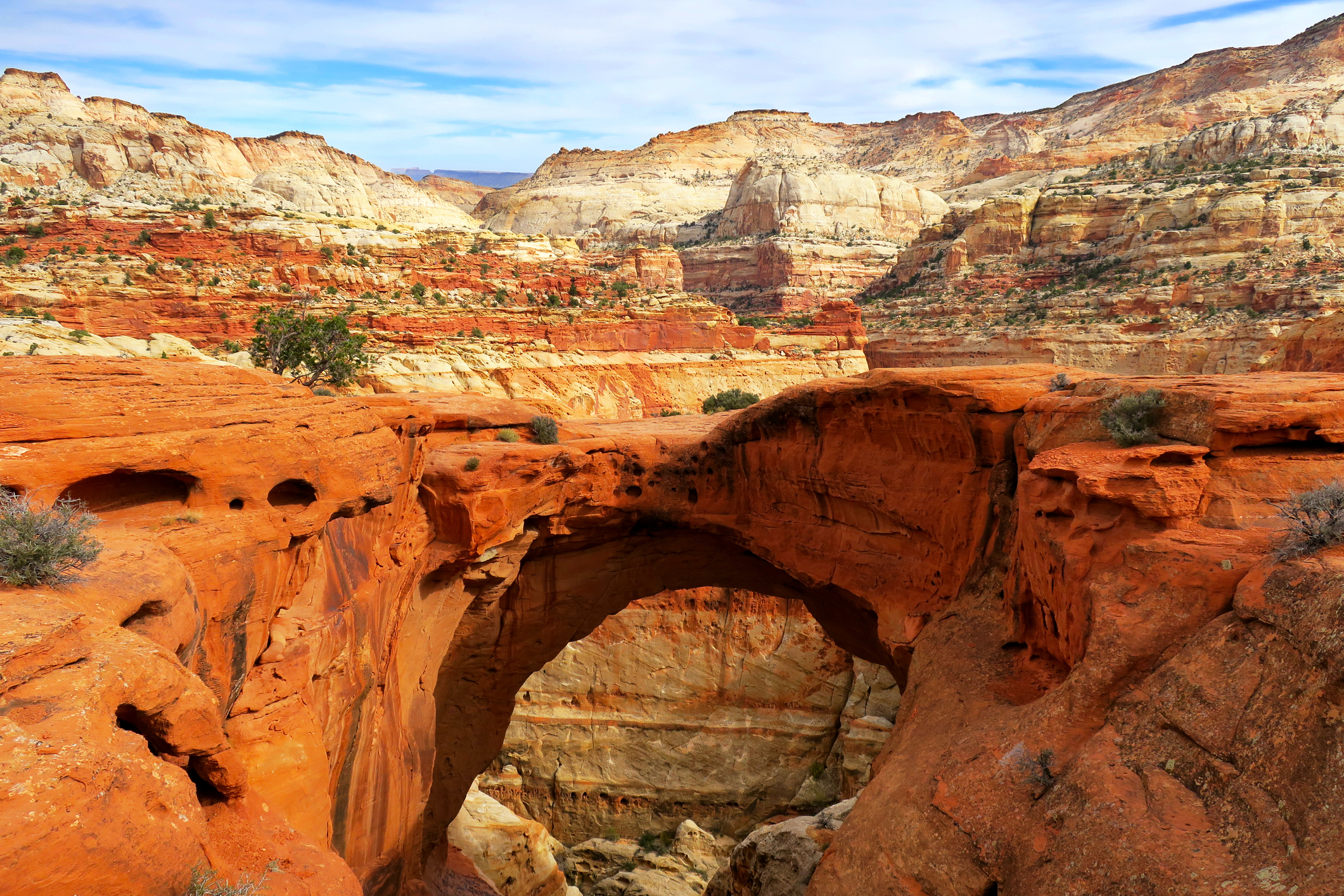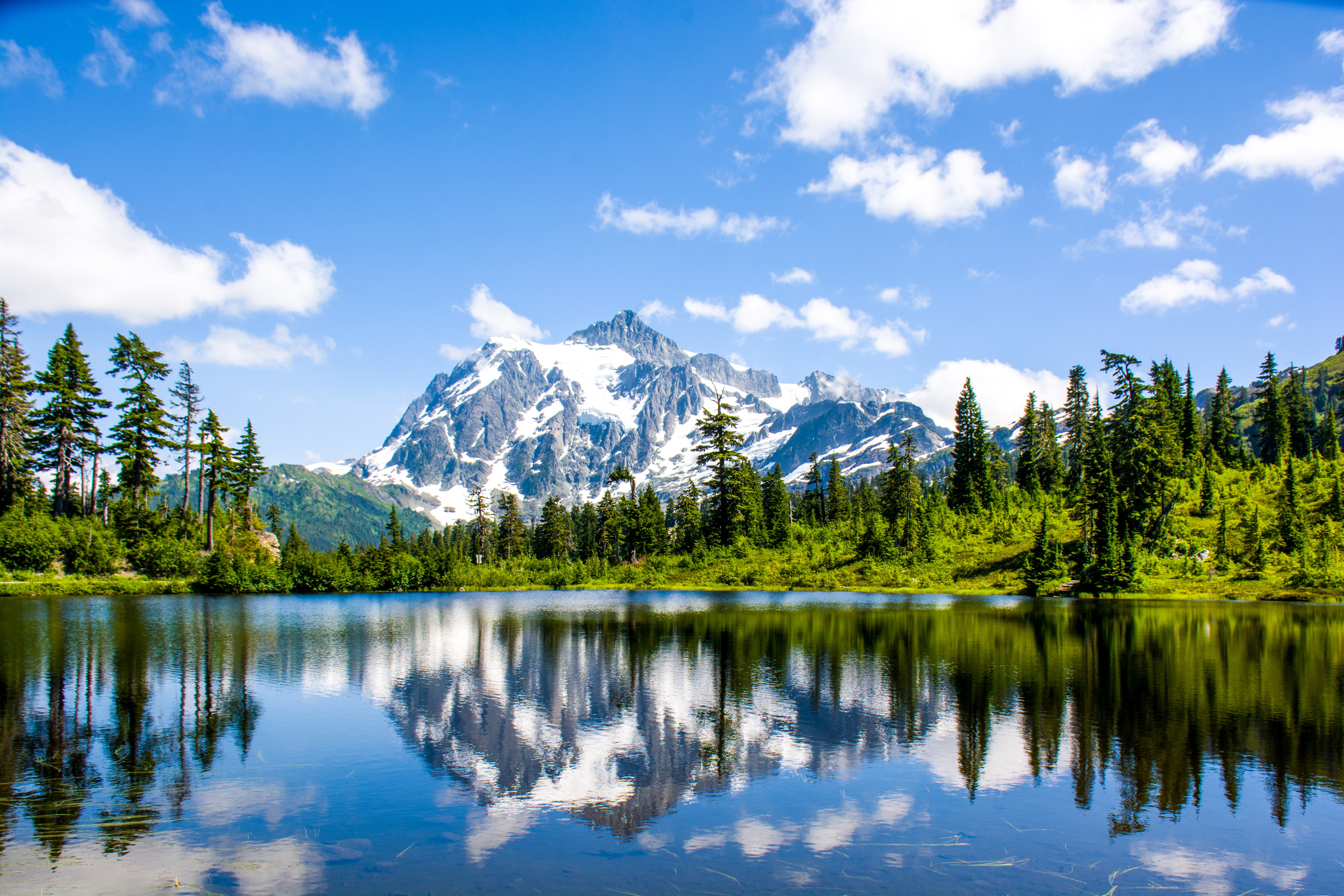Written by Abby Jones
It’s the time of year when visitors flock to U.S. National Parks. While there may be 63 to choose from, not all are accessible for road-trippers on the West-Coast and the popular ones get very busy.
Want to see America’s beauty with fewer crowds? AAA travel expert Doreen Loofburrow says knowing when to visit the parks and where to stay makes a huge impact on what your journey in the outdoors will look like.
Summer is a popular time to visit when the kids are out of school but consider visiting in the autumn if your schedule allows. With a bit cooler weather and color on the trees, the parks are very enjoyable during those times. The roads will be clearer, the lodging will be less booked, and most of the outdoor activities will still be accessible. If you choose to visit after the rain begins, however, make sure to be prepared with proper footwear and warm apparel in case the trails are damp and muddy.
Consider a lesser-known Park
National Parks to visit that are lesser known but not lacking magnificence:
North Cascades National Park
Located in Washington: a beautiful, rugged park for those looking to get away from it all. It offers hiking and biking trails and opportunities for mountaineering and horseback riding. If you are into backpacking, this park is perfect for you.
For those really looking to disconnect, consider visiting Stehekin in North Cascades National Park in Washington. This lake community is only accessible by boat, foot, or floatplane. Visitors can camp or stay at the Lodge at Stehekin, which offers beautiful rooms or private cabins.
Great Basin National Park
a lesser-known park off the beaten path in Nevada. Here you will find an array of activities from hiking, bird watching, fishing, and star gazing. The park is home to Lehman Caves where you can take tours to view the stalagmites and stalactites. Great Basin also offers several astronomy events throughout the year.
Capitol Reef National Park
In south-central Utah. Full of unique cliffs, canyons, domes, and bridges in the heart of Red Rock Country. The park is named for white rock domes that resemble the U.S. Capitol and rocky ridges that look like marine reefs.


Other things to consider
If you are traveling with children, utilize the Junior Ranger Program to keep them busy and entertained. Many of the parks have programs designed to enrich children’s experiences and kids can even earn patches and badges when completing tasks inside the park! Many of the programs have printable programs on their website that allow for planning in advance and increasing your child’s interest prior to arrival. You can purchase a kids National Park passport, where they can mark off every park they’ve visited. The Junior Ranger Program offers other activities to get involved in and learn about nature.
Remember to carry out all trash you bring in. Visiting secluded natural areas may mean less trash cans and staff to pick up after tourists. Keep nature beautiful and leave it better than you found it. You may need to carry snack wrappers/other trash out of the park with you.
Where to stay? Even though it’s expensive, staying inside the national parks is recommended. Staying in the park saves time coming in and out of the park to avoid traffic and travel time to maximize your visit inside the park. If staying inside the park is not an option, it’s recommended to avoid hotels that are right next to the main entrance. The main entrances get the most clogged in the morning when day-use visitors arrive, so research other possible park entrance locations before booking your stay.
Ready to book?
Browse National Park tours and road trip ideas on Trip Canvas, AAA’s free online travel planning tool. Or contact a AAA Travel Agent to find the perfect National Park for you!

